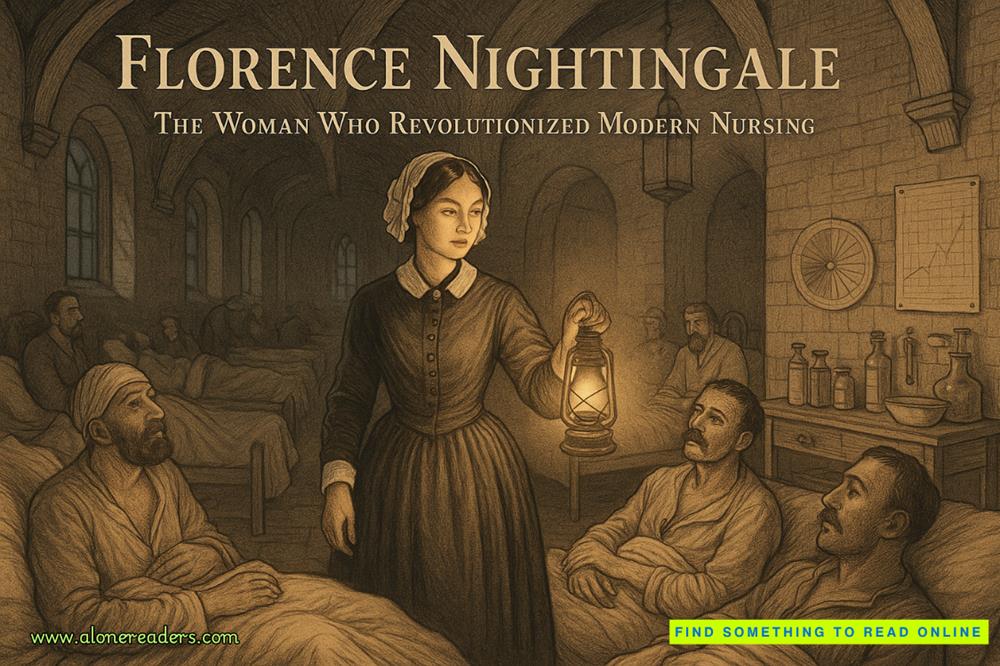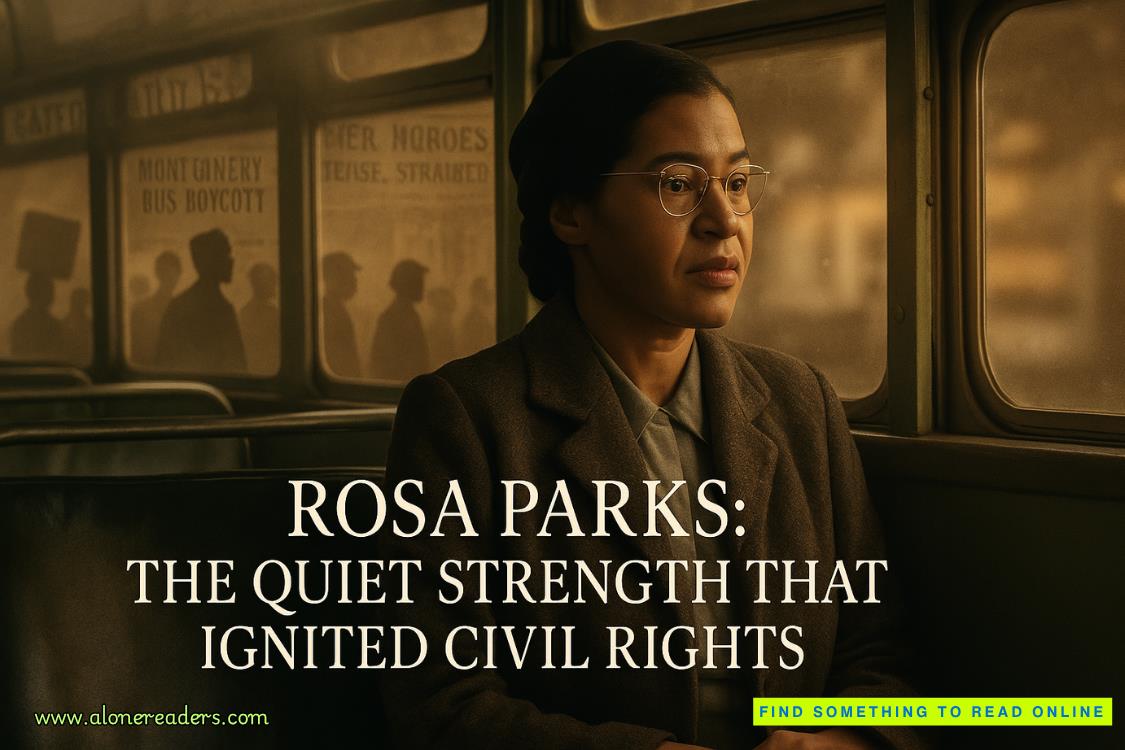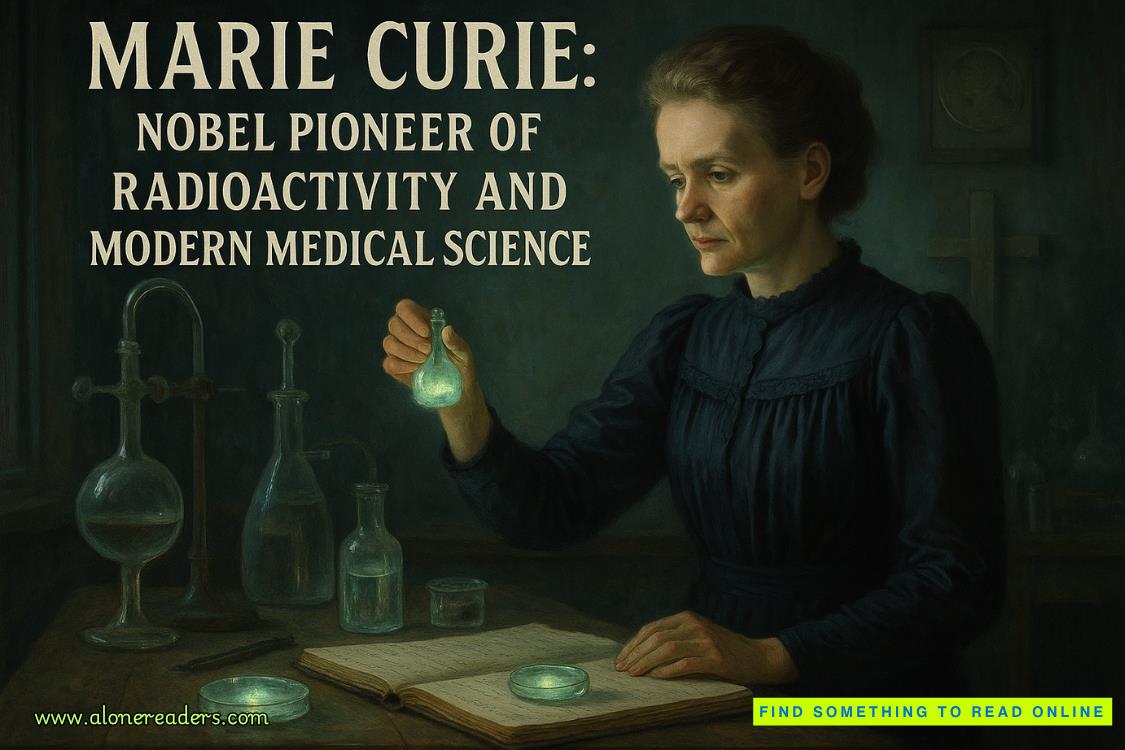Page 80 of Fire and Bones
The subcellar vic had sustained trauma to her face and head. The fractures showed no signs of healing, so she hadn’t survived the incident that caused them. A vehicular accident? A fall? An assault?
Unless her body was kept elsewhere and later placed in the sack, the woman’s death occurred after 1940, the earliest year in which her burlap shroud was produced.
Why do that? Why not give her a proper burial? Or dump her somewhere?
The woman’s corpse had been left in one of a warren of rooms below the basement of the first Foggy Bottom property that burned.
Had she lived there? Worked there? Died there?
Been murdered there?
In 1942, title to that property transferred from Unique Swallow to a holding company called W-C Commerce.
In their heyday, Leo, Charles, and Emmitt Warring were a trio of bootleggers and racketeers known as the Foggy Bottom Gang.
Emmitt Warring and his brother-in-law Bill Cady invested their substantial earnings in multiple properties throughout DC.
Bill Cady created a maze of tunnels and hidey-holes below at least one of his Foggy Bottom homes, presumably to hide his inventory.
A maze like the one in which the subcellar victim was found.
Might the initials in W-C Commerce stand for Warring-Cady? Might the Foggy Bottom home once have belonged to Emmitt or Bill?
I sat up and ran my hands over my face, trying to think. Massaged my temples with deep fingertip circles.
I’d taken what partial prints I could, but they’d yielded no hits.
I’d collected samples for potential DNA testing. Until I talked to Griesser that would have to wait.
My thoughts ranged to the satchel Doyle had mentioned. To its three hundred stories on the Foggy Bottom Gang.
In for a truckload of pounds, I thought.
After coffee and a homemade cinnamon bun, I went to the study, snatched the satchel by its straps, and headed for my room, curious as to the origin of the odd penny-pound expression.
Sitting cross-legged on the floor, I sorted the photocopies by publication, placing them in piles around me. Most of the stories had appeared in the Washington Post. But not all. The Washington Herald was represented. The Washington Times. The Evening Star. The Washingtonian Magazine. The Chicago Tribune.
Next, I organized each stack chronologically.
The earliest article dated to 1921. Its headline was a grabber: POLICE RAIDERS FIND UNDERGROUND STORES OF ALLEGED BOOTLEGGER. A 1933 story screamed: NALLEY KILLING BLAMED ON WAR OVER GAMBLING. In 1936, it was: JURY CONVICTS WARRING MOB OF SHOOTING.
It was like binging episodes of The Sopranos or Boardwalk Empire.
I got sucked in early and hard. Lost all track of time. Sensation in both legs.
I learned that the Warring brothers weren’t the first to jump aboard the illegal gambling and booze train in our nation’s capital.
In fact, they had plenty of fellow peddlers.
Which made the Prohibition era in the DC-Maryland-Virginia area a very wild ride—the saddest aspect of that ride being the death of innocents.
Example. A series of 1934 reports covered the bungled murder attempt of Edward G. “Mickey” McDonald, a wannabe freelancer in the numbers racket. Assassins mistakenly shot Allen D. Wilson, a newspaper carrier from Silver Spring, Maryland. Allen, guilty of nothing but being in the wrong place at the wrong time, left behind three children: Patricia, age eight, Allen, age four, and Richard, age one.
Another heartbreaking incident involved Doris Gardner, the on-again-off-again girlfriend of Warring henchman Amon “Alarm” Clock. Gardner was present in 1944 when Clock got into a throw down with a rival bootlegger. Guns were drawn and Gardner was killed. She was thirty-two, the mother of two young girls.
I was moving forward in time when Jelly Roll sang from the bedside table.
Finally! Lizzie Griesser!















